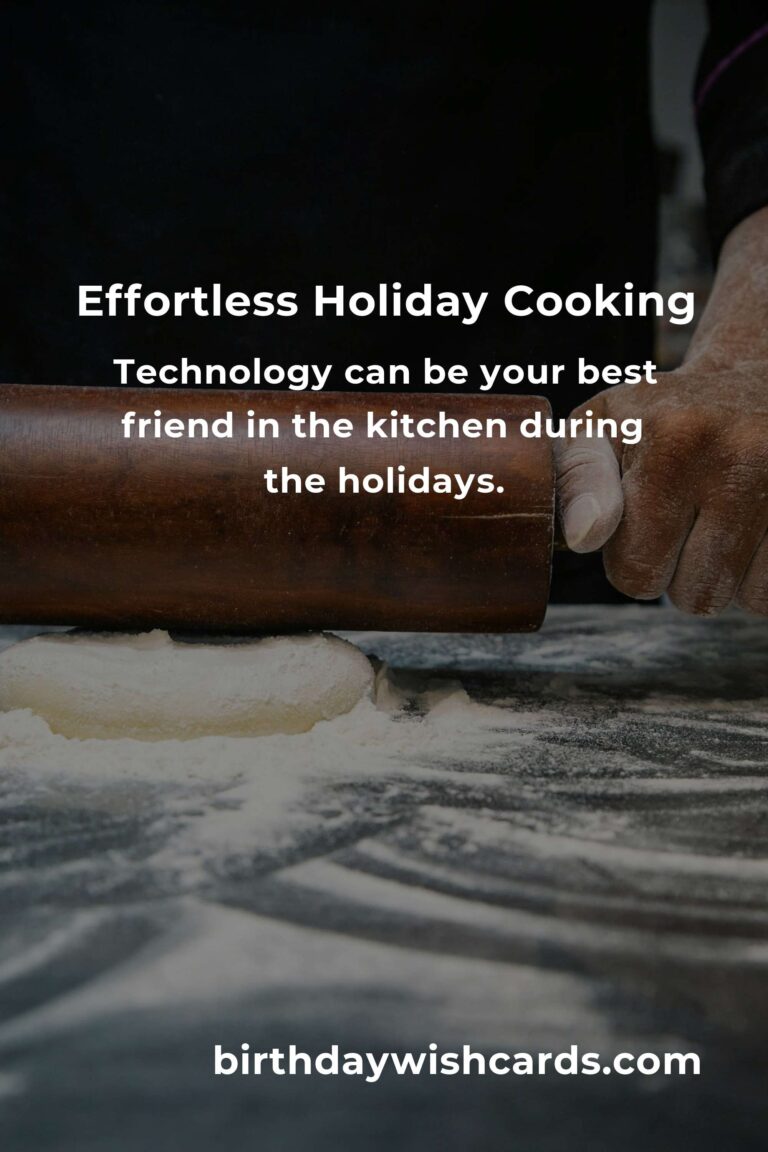Halloween: The Spookiest Time of the Year
Halloween is one of the most celebrated holidays in the United States and around the world. Every year on October 31st, people of all ages don creative costumes, decorate their homes with spooky displays, attend festive parties, and indulge in delicious treats. With a rich history rooted in ancient traditions, Halloween has evolved into a unique blend of scary stories, fascinating customs, and modern-day fun. In this comprehensive guide, we’ll explore Halloween’s origins, highlight its contemporary celebrations, and share intriguing facts and traditions that make this holiday truly special.
The Origins of Halloween: From Ancient Celtic Traditions
Halloween traces its roots back over 2,000 years to the ancient Celtic festival of Samhain, which marked the end of the harvest and the beginning of winter. The Celts believed that on the night of October 31st, the boundary between the living and the dead blurred, allowing spirits to return to the earthly realm.
To protect themselves from these wandering spirits, people would light bonfires and disguise themselves in costumes to ward off evil. These early customs laid the foundation for today’s traditions of dressing up and seeking treats from neighbors.
The name “Halloween” comes from “All Hallows’ Eve,” the night before All Saints’ Day on November 1st, reflecting the holiday’s blend of pagan and Christian influences.
Halloween Through the Centuries: The Evolution of Celebrations
During the 19th century, Halloween in America was largely celebrated by young adults engaging in pranks and mischief. It wasn’t until the 20th century that the holiday shifted to focus on children, with trick-or-treating becoming a beloved tradition.
Today, Halloween is the second largest commercial holiday in the United States, surpassed only by Christmas. Americans spend billions annually on costumes, decorations, and candy to mark this spooky occasion.
The Iconic Symbols of Halloween
Perhaps the most recognizable Halloween symbol is the jack-o’-lantern. These carved pumpkins, glowing from within, are a staple of the season. The tradition comes from an Irish legend about a man named Jack, who tricked the devil and was doomed to wander the earth with only a carved turnip lantern for light.
When Irish immigrants arrived




